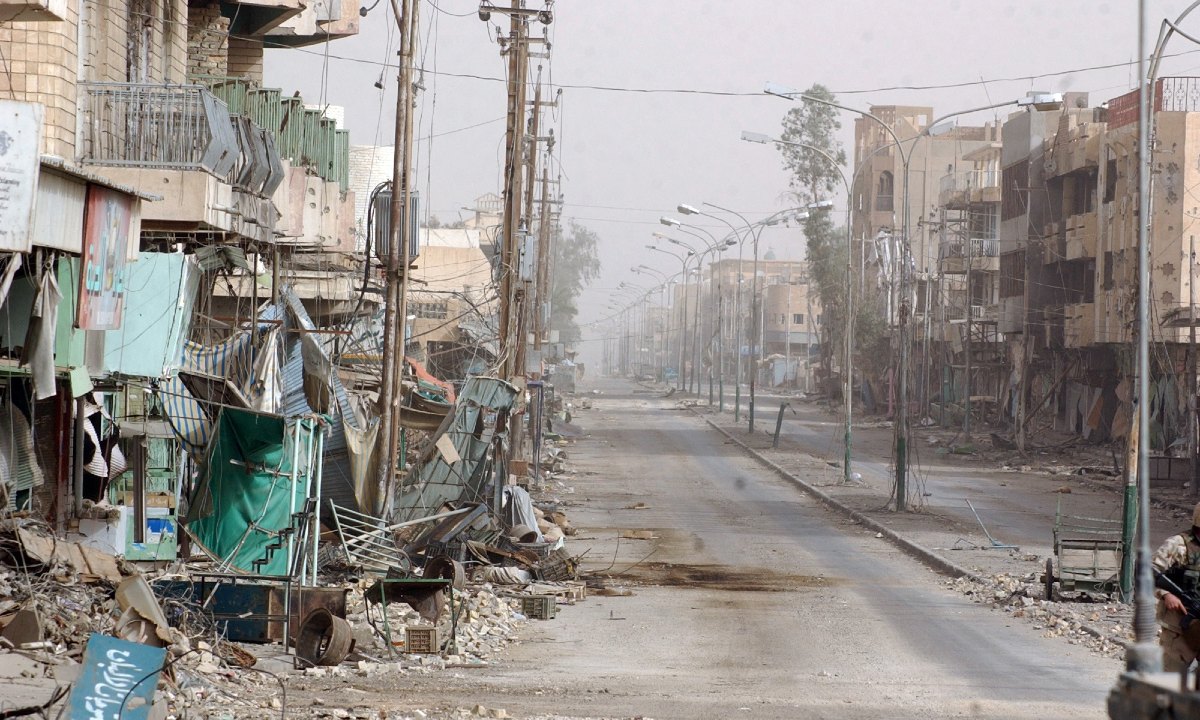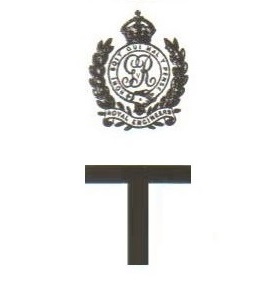Towards the end of 1914, the civil engineering company of
Member of Parliament and British Army
Major,
John Norton-Griffiths, was working on
sewerage renewal contracts in
Liverpool and
Manchester. The relatively small-bore tunnels were being driven by a manual technique known as
clay-kicking. Only useful in firm clay soils, the man doing the digging sat with his back supported by a wooden frame, with his feet pointing towards the cutting face. With a spade-like tool he dug out the clay, passing the spoil over-head to one of his mates for disposal at the rear.
[5] In early December 1914, Norton-Griffiths wrote to the
War Office suggesting that the technique would be useful attack,
spying or for intercepting German tunnels coming in the opposite direction. He concluded by asking to be allowed to take a group of his "moles" to France where if the soil was right, they could quickly undermine enemy positions. His letter was filed.
[5]
On 20 December 1914, by digging shallow tunnels under no man's land,
German sappers placed eight 50 kg (110 lb) mines beneath the positions of the
Indian Sirhind Brigade in
Givenchy-lès-la-Bassée. Following their simultaneous detonation, an infantry attack resulted in the loss of the entire company of 800 men.
[1][4]
Following further attacks, it was evident by January 1915 that the Germans were mining to a planned system. As the British had failed to develop suitable counter-tactics or listening devices, Field Marshal
John French, commander of the
British Expeditionary Force, wrote to the
Secretary of State for War,
Herbert Kitchener, describing the seriousness of the German mining situation.
[5] Norton-Griffiths received a
telegram on 12 February 1915, instructing him to report to the War Office. On his arrival, he was shown into Kitchener's private offices, There, Kitchener showed him French's letter. Kitchener then asked Norton-Griffiths for his advice. Using a coal shovel from the room's fire grate, Norton-Griffiths sat on the floor and gave a demonstration of "clay-kicking."
[5]









